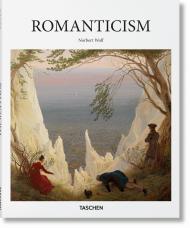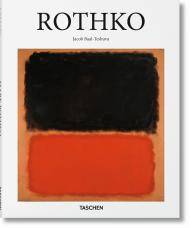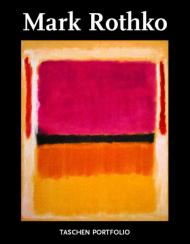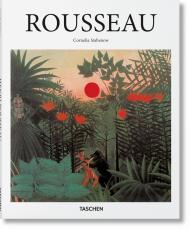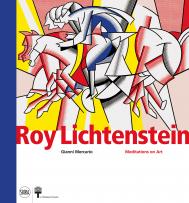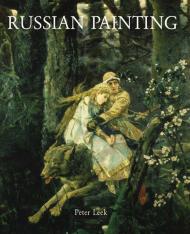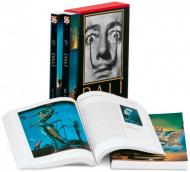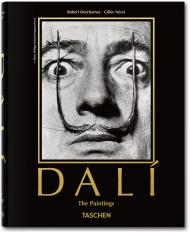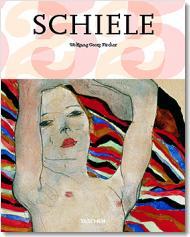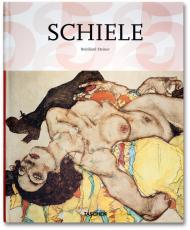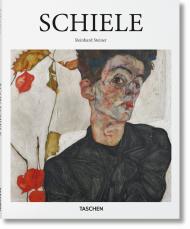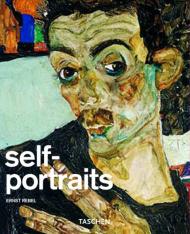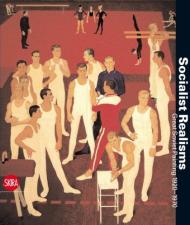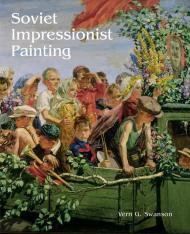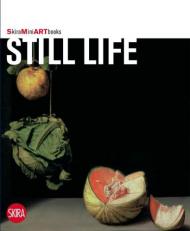Harmony Between Man and Nature. Discover the artists who sought to capture utopia
Around 1800, philosophers, writers, and artists revolted against rationalism, spreading a new “romantic” vision — one that believed in the goodness of humanity, the divine spirit of nature, and that saw the artist as an individual creator. This comprehensive introduction gathers an essay situating the genre across different regions, crisp reproductions, and detailed interpretations of 31 crucial pieces.
In a revolt against rationalism, Romanticism sought to return to nature and the belief in the goodness of humanity, with the artist considered to be a profoundly individual creator. Beginning in the early 19th century, Romantic ideals developed largely in opposition to the traditions of Greco-Roman antiquity, and advocated an open-ended and progressive — that is, modern — view of the age.
Yet Romantic artists, searching perhaps for unattainable ideals, also looked back to the late medieval and Renaissance periods for nostalgic themes of Judeo-Christian heritage; drawing from these, they believed that a politically and intellectually enlightened utopia could be achieved. Romantic styles and subjects varied widely throughout Europe and America, ranging from tranquil contemplative scenes to spectacularly staged events, and it is precisely this diversity that lends Romantic art its fascination and lasting influence.
This volume gathers an essay situating the genre across different regions, crisp painting reproductions, and detailed interpretations of 31 crucial pieces to offer a comprehensive introduction to Romanticism.
The author:
Norbert Wolf graduated in art history, linguistics, and medieval studies at the Universities of Regensburg and Munich, and earned his PhD in 1983. He held visiting professorships in Marburg, Frankfurt, Leipzig, Düsseldorf, Nuremberg-Erlangen, and Innsbruck. His extensive writings on art history include many TASCHEN titles, such as Diego Velázquez, Ernst Ludwig Kirchner, Caspar David Friedrich, Expressionism, Romanesque, Landscape Painting, and Symbolism.
About the series:
Each book in TASCHEN's Basic Genre series features:
- approximately 100 colour illustrations with explanatory captions
- a detailed illustrated introduction plus a timeline of the most important political, cultural and social events that took place during that period
- a selection of the most important works of the epoch, each of which is presented on a 2-page spread with a full-page image and with an interpretation of
the respective work, plus a portrait and brief biography of the artist
